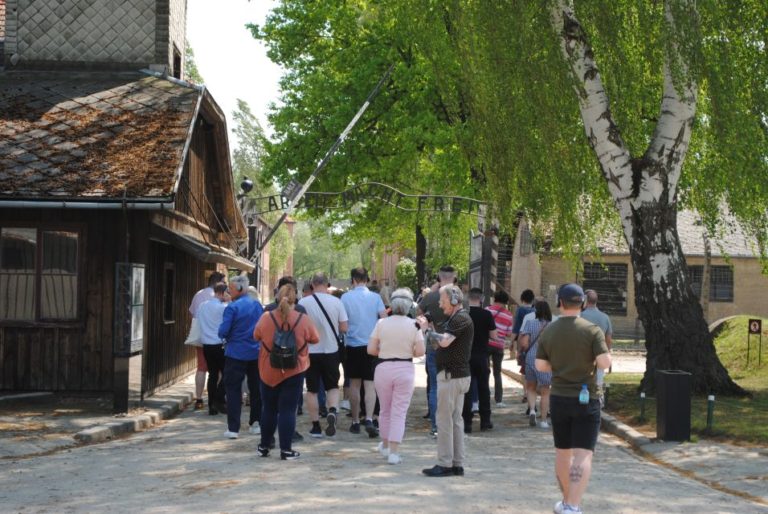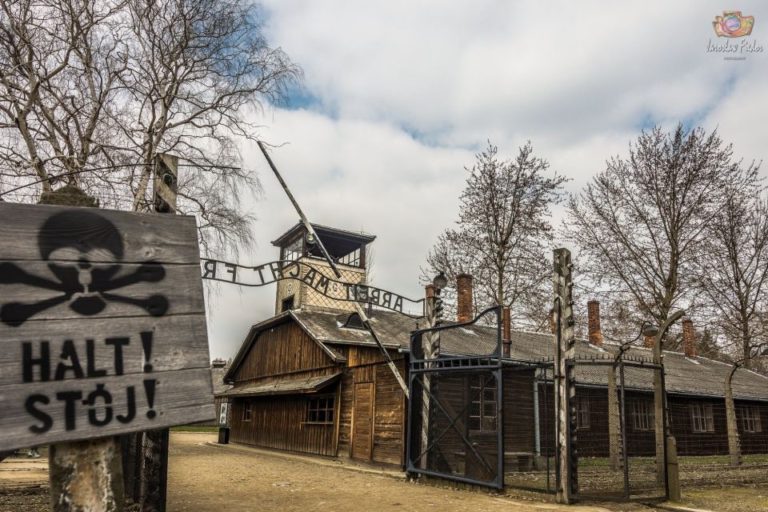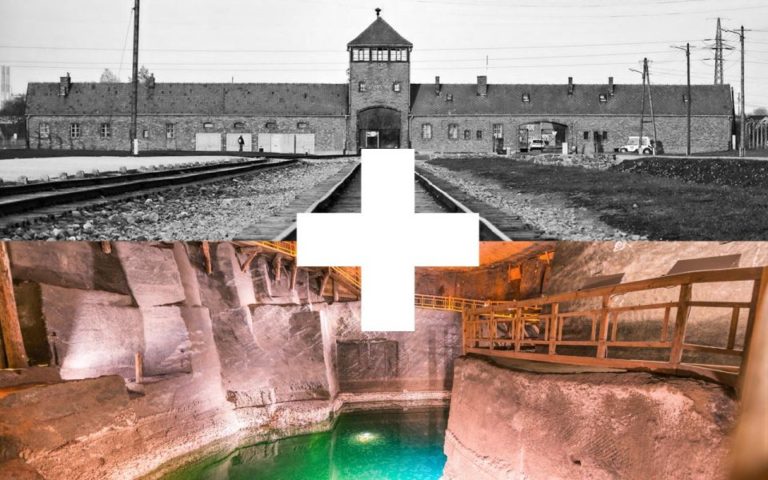Memorial and Museum Auschwitz-Birkenau
The Memorial and Museum Auschwitz-Birkenau is a place of profound historical significance and remembrance, dedicated to preserving the memory of the victims of the Holocaust. Located in Oświęcim, Poland, it encompasses the remains of the Auschwitz complex, including Auschwitz I, Auschwitz II-Birkenau, and Auschwitz III-Monowitz. This solemn site serves as a stark reminder of the atrocities committed during World War II and the Holocaust.
The museum aims to educate visitors about the Holocaust, the systematic persecution of Jews and other groups, and the genocidal policies implemented by the Nazis. Through exhibits, artifacts, and guided tours, the museum provides a comprehensive understanding of the camp’s history, the experiences of the prisoners, and the overall context of the Holocaust.
Auschwitz I, the original camp, is where visitors can explore the preserved barracks, the iconic “Arbeit Macht Frei” gate, and the haunting Block 11, known as the death block, where prisoners were subjected to brutal punishments and executions. The museum displays personal belongings, photographs, and documents that belonged to the victims, offering a glimpse into their lives and the atrocities they endured.
Auschwitz II-Birkenau is a vast area with remnants of the gas chambers, crematoria, and prisoner barracks. It was designed as an extermination camp, where the majority of the Holocaust victims were murdered. Walking through the desolate railway tracks and witnessing the remains of the gas chambers is a profoundly moving experience that leaves an indelible mark on visitors.
The museum provides guided tours led by knowledgeable guides who share historical context, personal stories of survivors, and in-depth information about the camp’s operation. These tours offer a deeper understanding of the Holocaust, its causes, and the lasting impact it had on millions of lives. It is recommended to book tours in advance, as the demand is high.
Visiting the Memorial and Museum Auschwitz-Birkenau requires sensitivity and respect. It is a place of solemn remembrance, and visitors are expected to behave appropriately. Photography is allowed in most areas, but it is crucial to be respectful and considerate, understanding that this is a site of immense tragedy and loss.
The museum also serves as a platform for research, hosting conferences, seminars, and educational programs that aim to promote dialogue and understanding about the Holocaust and its historical significance. Scholars and researchers from around the world visit the museum to delve into its archives and contribute to Holocaust studies.
In addition to its role as a memorial and museum, Auschwitz-Birkenau is a site of commemoration and remembrance. Ceremonies, including the annual International Holocaust Remembrance Day on January 27th, are held to honor the victims and ensure that the memory of the Holocaust endures. The museum plays a crucial role in preserving the memory of the Holocaust, serving as a reminder of the consequences of hatred, prejudice, and indifference.
Visiting the Memorial and Museum Auschwitz-Birkenau is a somber but essential experience for anyone seeking to understand the depths of human cruelty and the importance of preserving the memory of the Holocaust. It serves as a powerful reminder that such atrocities should never be forgotten and that efforts must be made to prevent similar horrors from occurring in the future.



